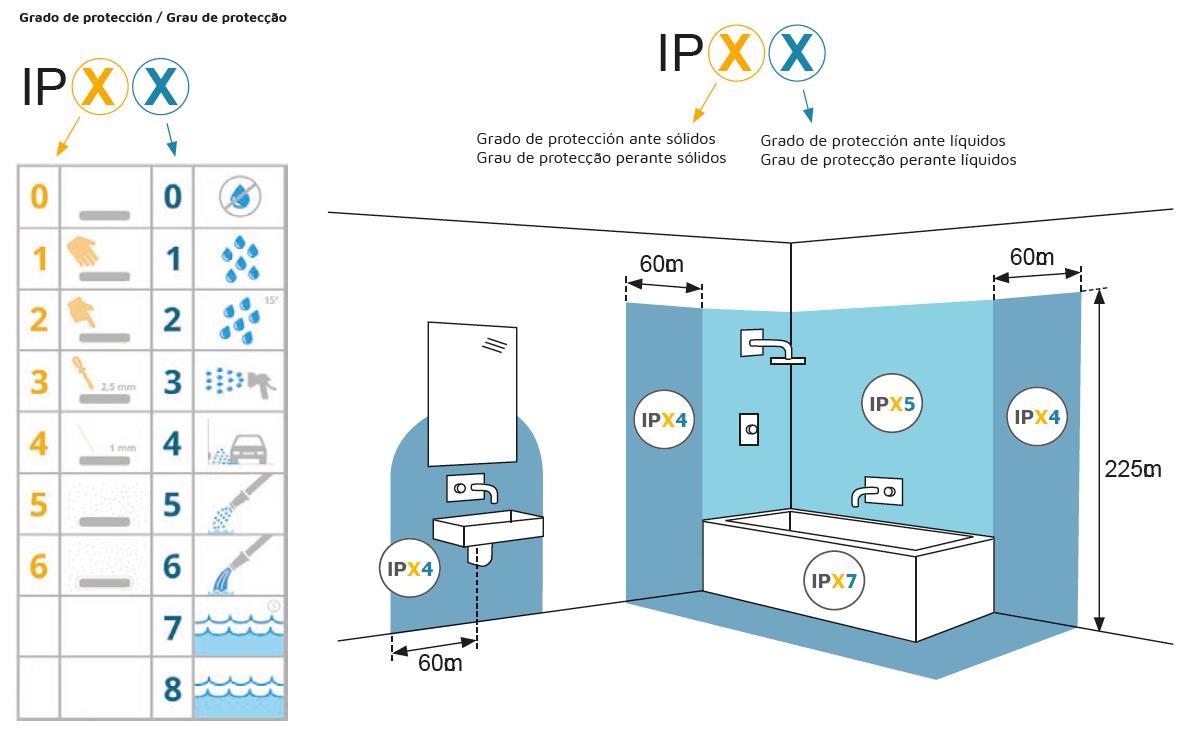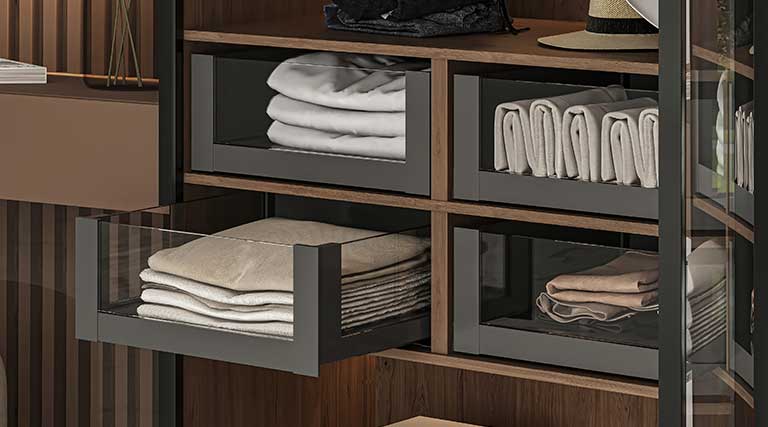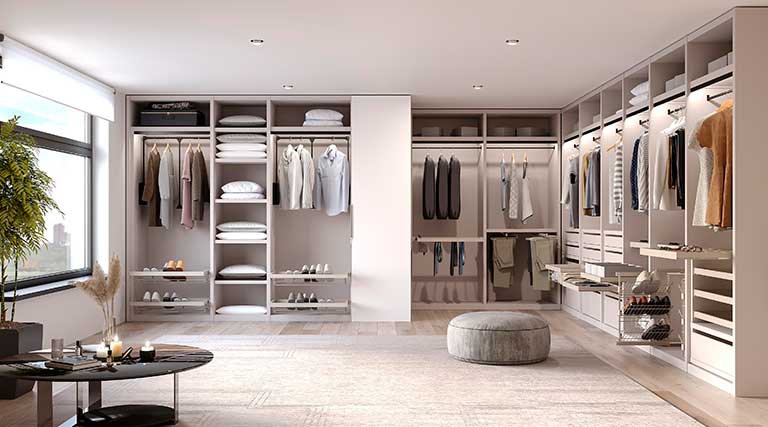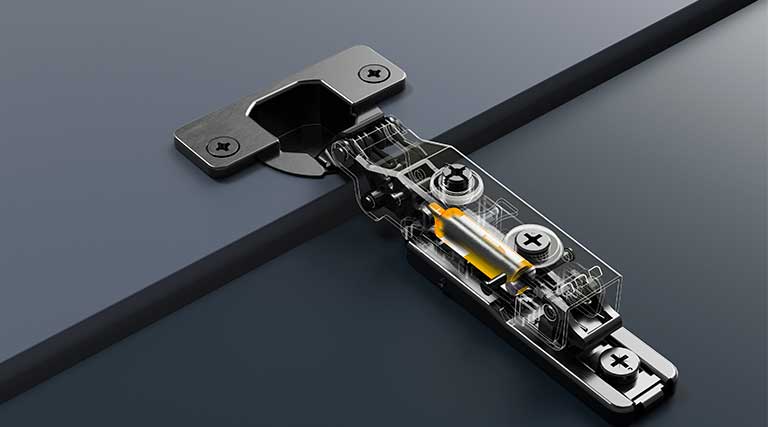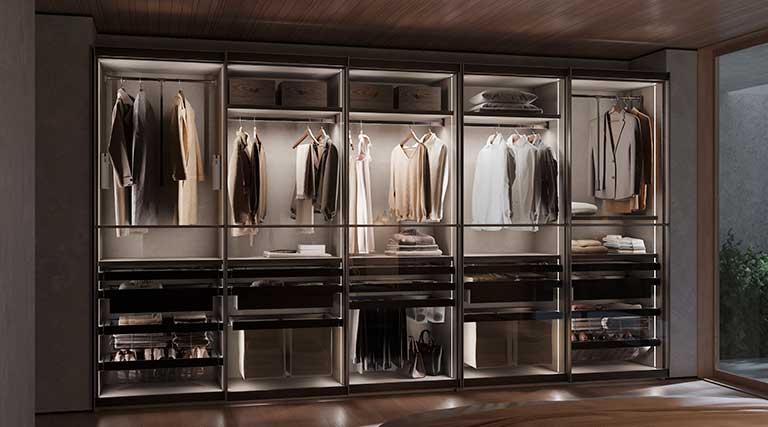Human beings receive stimuli through the senses and light is a good guiding element when you enter a room. But how do we choose the most suitable LED strip?
There are plenty of LED strips on the market so we want to help you choose the one that suits you best depending on its use, colour, room, power and more.
How do we choose the most suitable LED strip?
Colour temperature
We have three groups of colour temperatures:
Warm light is slightly yellowish and is associated with comfort, ideal for more relaxed environments such as living rooms or bedrooms. Colour temperatures between 2700ºK and 3500ºK.
Natural light, the most neutral and closest to whites. It most resembles midday light, giving you energy, so it is mainly used for commercial facilities, offices or kitchens. Colour temperatures between 3800ºK and 4500ºK.
Cool light with its bluish tones, it is perfect for starting the day. This stimulates and awakens, is associated with precision and can be used in bathrooms, kitchens, corridors, hospitals, warehouses, and so on. Colour temperatures over 5000ºK
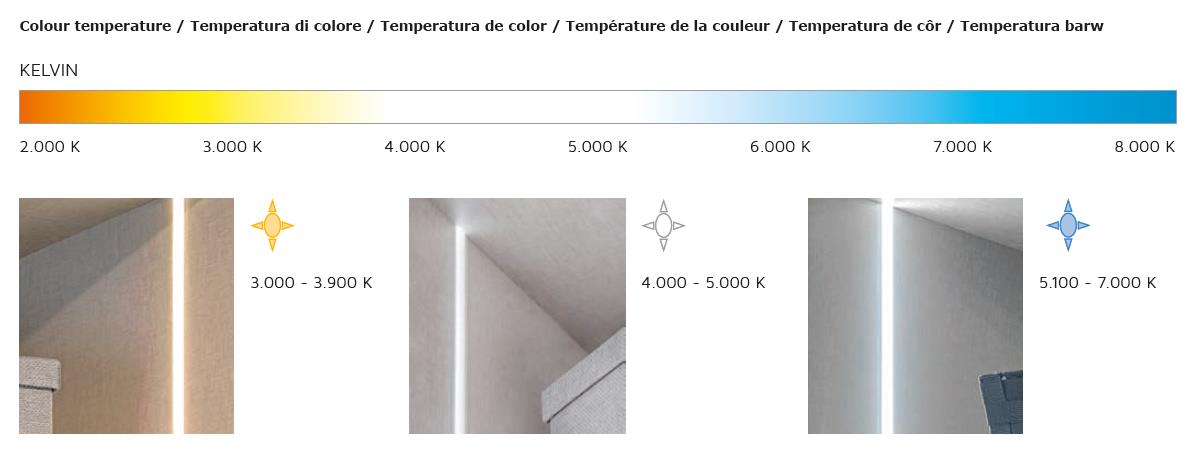
Power and luminous flux
An LED strip’s power is the amount of energy it has and is measured in watts, while lumens are the units used to measure luminous flux. The relationship between the two determines its efficiency. Typically, the higher the power, the higher the luminous flux.
For example, we will need more luminous flux in kitchens than in living rooms, as we need a more functional light that sensitises, so we will use higher power LEDs.
Bathrooms and kitchens are rooms where more light is needed, while less is needed in living rooms and bedrooms.
Strips can range from 4.8W/m with 60 LEDs/m, in which LEDs are more separated and usually have lower luminous flux, up to 28.8 W/m with 120 LEDs/m, where LEDs are closer together generating more uniform light with higher luminous flux. Between these two extremes is the 9.6 W/m strip with 120 LEDs/m, which provides an ideal balance for almost any application and is recommended for any environment.
IP. Ingress Protection
The IP or Ingress Protection rating identifies LED strips based on their level of protection from the ingress of solid and liquid particles. IP20 strips have no coating, which makes them more exposed, and are not suitable for contact with water. These strips are recommended for use when installing aluminium profiles and diffusers. https://www.emuca.es/search?q=ip20
In contrast, IP65 are coated LED strips that are resistant to solid and liquid particles and are ideal for use in wet areas. https://www.emuca.es/search?q=IP65+
Voltage
We have two voltages for our LED strips: 12V DC and 24V DC,
In what conditions should we select one or the other?
24V DC strips are recommended for installations with a longer strip length, as these strips have a lower voltage drop than 12V strips. Depending on the LED strip type and operating voltage, there are maximum connection length recommendations to minimise this effect.
Example of LED strip uses
– Office lighting
– Shelving lighting
– Profile highlighting
– Roof and corridor lighting
– Special lighting
– Multiple decoration options
– Shop windows and façades
And now... which one do you choose?
We present you a light controller, designed to control and adjust the switching on and off of LED lights, that works with an admissible power of 12-36V DC.
This controller is designed for creating several light scenarios and setting up different areas. In order to do so, a remote control is required depending on the light:
You can choose between:
– CCT Control for the LED Lynx strip with a variable colour temperature (CCT).
– RGB Control for the LED Lynx strip of variable colour (RGB).
– Monochrome control for LED LYNX strips of one colour or other LED lights with intensity control (dimmer).
And add a WiFi Module to control different areas or scenarios through the SkySmart application, available for IOS and Android.
Follow us and subscribe to our channel, you will learn how to install fittings for furniture.



